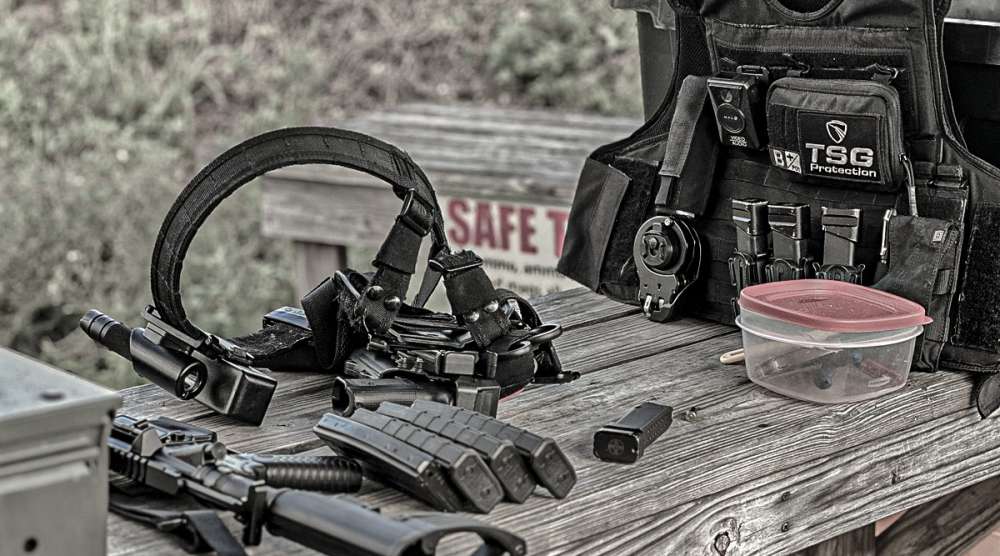In a month, I will be attending a training course to recertify my law enforcement firearm instructor credentials. It’s a big deal, so I need to put in some work on my rifle and pistol because I don’t want to just show up; I want to be polished and ready so I can get the maximum benefit from the course.
My training plan this week included two goals. The first was to further embed sound fundamentals, including draw, grip, body mechanics, and trigger pull. The next was to test new skills and tactics with live ammo and movement that I had been practicing at home with dry-fire drills.
 I am blessed to have two friends that I train with frequently. One of them, like me, has a background in SWAT and is a current law enforcement instructor. The other has over a decade of law enforcement experience. He is a proficient gunfighter and very knowledgeable. When these guys evaluate my training, they know what they are looking at, and I respect and value their feedback. There is no room for egos, because range day is about perfecting our skills and surviving a gunfight if we are faced with a lethal threat.
I am blessed to have two friends that I train with frequently. One of them, like me, has a background in SWAT and is a current law enforcement instructor. The other has over a decade of law enforcement experience. He is a proficient gunfighter and very knowledgeable. When these guys evaluate my training, they know what they are looking at, and I respect and value their feedback. There is no room for egos, because range day is about perfecting our skills and surviving a gunfight if we are faced with a lethal threat.
We started by zeroing our optics because if your optics are not accurately sighted in, then you won’t score accurate hits. If my weapon is accurately zeroed and I am not hitting what I am aiming at, then I know the problem is me, and I can evaluate and make adjustments.
Stage two involves practicing fundamentals, particularly trigger pull, tactical and combat magazine changes, and malfunction drills. Once those are smooth and quick, it’s time to load up and execute my training plan for the day.
Recording the range work on video is very helpful. Video allows me to evaluate how I work so I can quickly identify problems, create efficiencies, and expose bad habits. I can then adjust and run the drill again, re-evaluate and adjust, and repeat until I’m accurate, smooth, and quick.
This level of productivity only happens when I make and execute a training plan for my range days.

- Always train in the gear and uniform you wear when you work. I had been training at home in shorts and a T-shirt while working on transitions from rifle to pistol. When I went to the range, I wore my work uniform, including body armor. The extra bulk of the body armor proved problematic, and nothing felt right. It took a few minutes to sort out a solution so I could run shooting and transition drills between rifle and pistol smoothly. I will train at home in full gear from now on.
- Recording video of your training is invaluable, as you are able to evaluate what you are actually doing rather than what you think you are doing. You can then make adjustments quickly, and your training becomes very efficient and productive. Going to the range with a knowledgeable friend or hiring an instructor can also be invaluable in helping you identify and solve problems.
- Training should be planned with a specific goal in mind. Most people go to the range to punch holes in targets from a static position. If you shoot a decent group, you feel pretty good about yourself and feel confident that you would be effective in a gun fight, and you head home. Reality, however, is very different than shooting at paper while frozen to a shooting bay firing line. It’s important to train skills that more realistically simulate what you may need to do if you encounter a threat and engage in an actual gunfight.
- YouTube can be a great resource for training ideas, provided the person making the video has the experience and credentials to prove their credibility as an instructor. There are also many great instructors out there who offer in-person courses you may wish to attend. I have learned something valuable from every course I have attended over the years. There are many organizations that offer all levels and kinds of training. The NRA is a great source for training courses. My Law Enforcement Instructor credentials were earned through the NRA.





